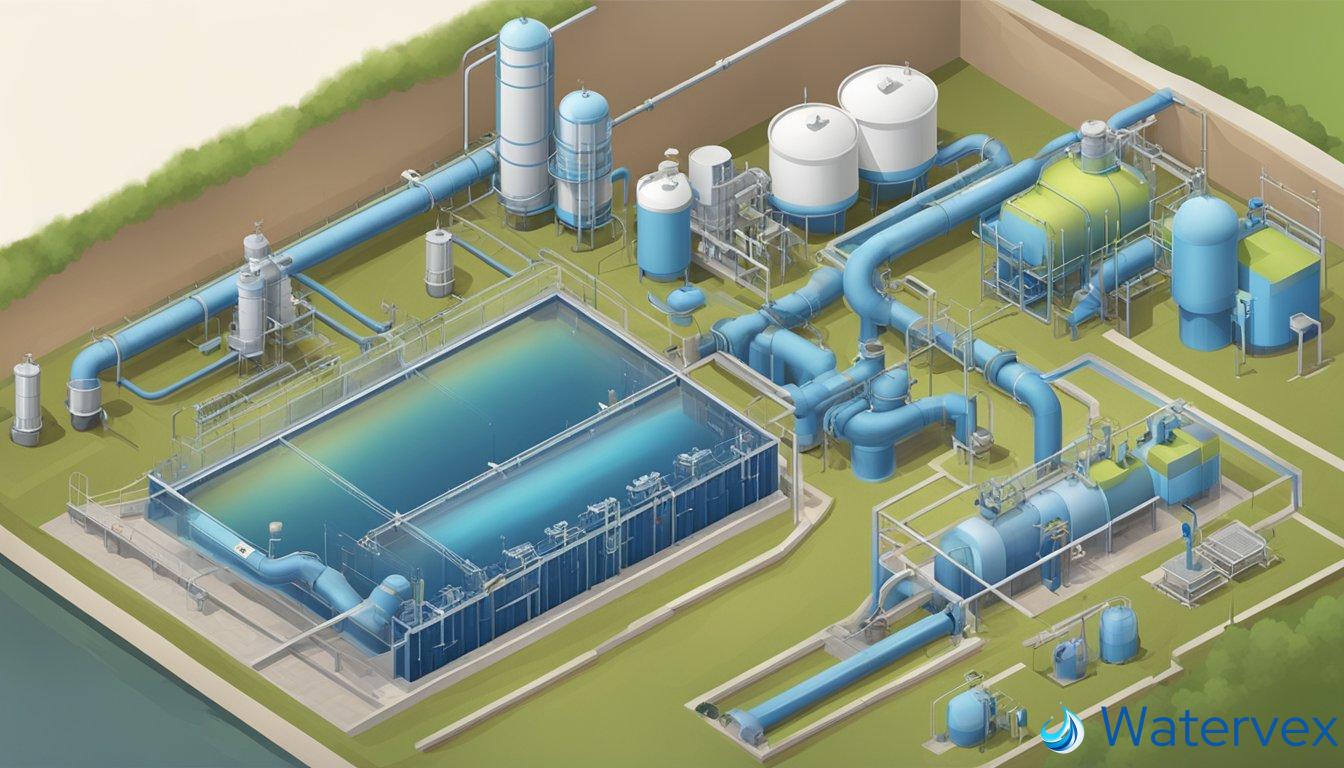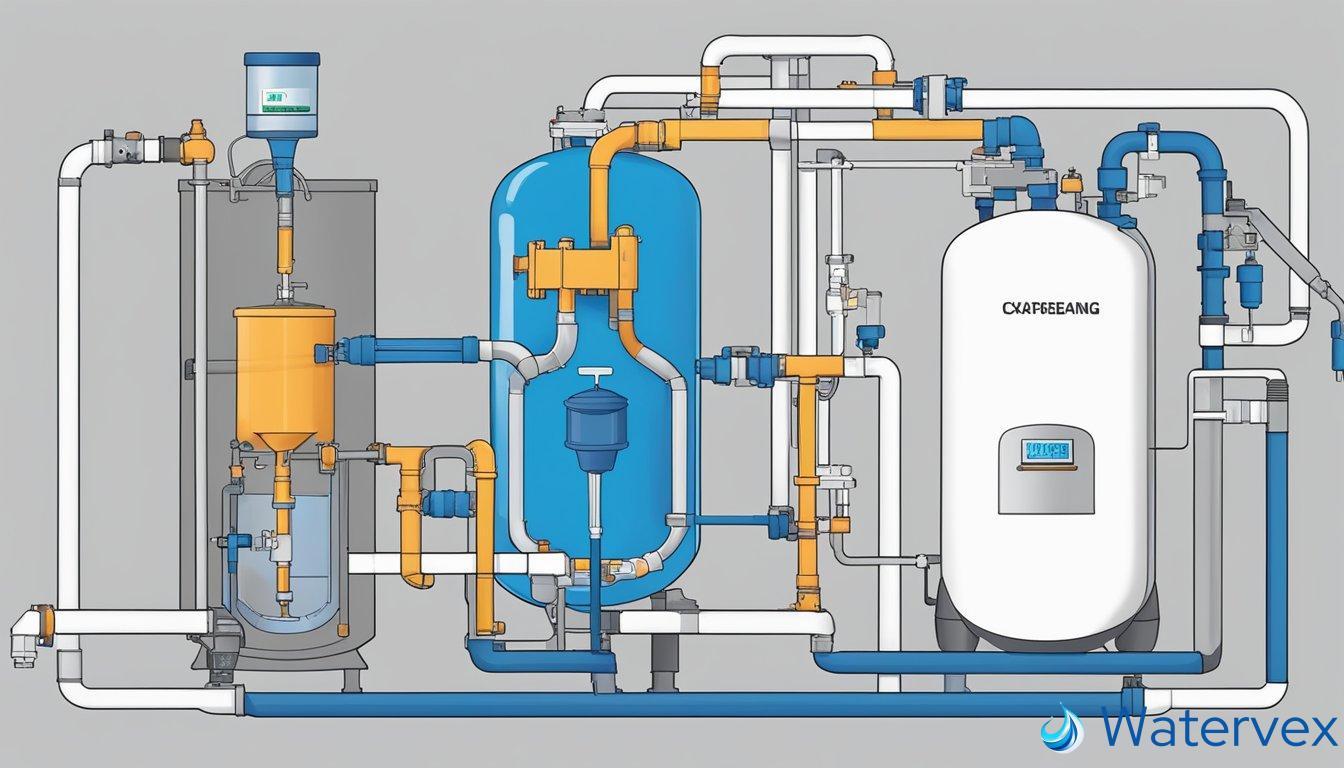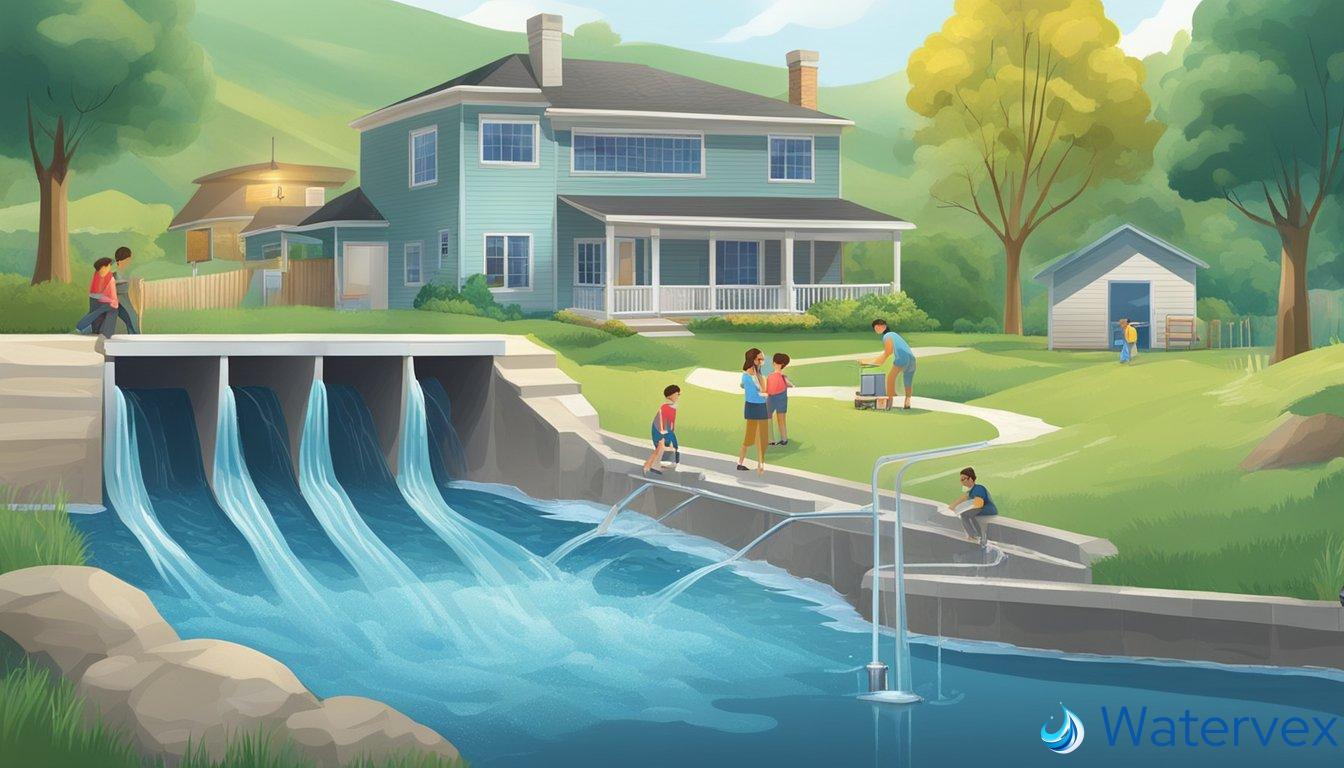Water treatment plays a crucial role in ensuring that the water you drink and use daily is safe and clean. When water flows from its natural source, it carries with it various contaminants and microorganisms that can be harmful to your health. Treatment processes like filtration and disinfection are employed to remove these impurities, making water fit for consumption and use in your home. Filtration methods can vary, employing materials like sand, gravel, and charcoal to separate solids from the water, while disinfection usually involves the use of chemicals such as chlorine or advanced techniques like ultraviolet light to eliminate any disease-causing microorganisms.

On an industrial level, water treatment is equally critical, protecting entire communities by ensuring public water systems comply with standards set by the Environmental Protection Agency (EPA). Yet, there are also domestic concerns to address, like the hardness of water which can affect household appliances, and the presence of disinfection byproducts that might impact your water’s taste and quality. Systems such as reverse osmosis can be used at home to further purify water by removing dissolved salts and other impurities, whereas water softening systems mitigate the hard water issue by exchanging minerals like calcium and magnesium with sodium or potassium.
Key Takeaways
- Proper water treatment ensures safe drinking water by removing contaminants and microorganisms.
- The quality of domestic water is improved through processes like reverse osmosis and water softening.
- Adhering to EPA guidelines and employing home purification solutions can enhance water safety and appliance longevity.
What Are the Key Principles of Water Treatment?
In considering how your tap water becomes safe, water treatment lies at the core of ensuring good water quality and public health. Essential to this process are several key principles.
First, let’s talk about coagulation. Picture this: just like magnets attract metal filings, coagulants draw out dirt and sediment from water. Chemicals, often alum or activated carbon, are added to raw water. They clump together tiny particles into larger ones, making it easier to remove them, through a process called flocculation.
Following coagulation, there’s sedimentation, where gravity does its job. The larger clumps of dirt—all bound together now—settle at the bottom due to their increased weight. It’s straightforward: heavier stuff sinks, leaving cleaner water above.
Next up, filters get to work. They trap residual particles, even tiny ones, ensuring the water that passes through is even cleaner. Technologies like reverse osmosis and ion exchange are used to remove salts and other inorganic contaminants.
Disinfection is vital. It’s your water’s final guard against harmful bacteria, viruses, and protozoa that lead to illnesses like cholera. Chlorine or ozone act as disinfectants, neutralizing these pathogens effectively.
Remember, disinfection byproducts must be managed, because while killing germs is good, we want to avoid creating new risks.
Monitoring and adhering to regulations like the Safe Drinking Water Act is a constant job for treatment plants. They test and report water properties to the Environmental Protection Agency (EPA) and World Health Organization (WHO) standards.
The goal? To deliver potable water to your home—water that’s not just clean, but also safe and tastes good. Understanding this helps you appreciate how precious this resource is and supports informed decisions about your water use.
How Do Home Water Softening Systems Work?

Investing in a home water softening system can upgrade your water quality by transforming hard water into soft water. These systems effectively reduce the presence of calcium and magnesium, which are the culprits behind scale buildup in pipes and appliances.
The Science Behind Water Softeners
Water softening relies on a process called ion exchange to replace calcium and magnesium ions in hard water with sodium or potassium ions. When hard water enters the resin tank, it flows through a bed of spherical resin beads that are coated with sodium ions. These beads are anions, meaning they have a negative charge. The minerals in hard water are cations, carrying a positive charge, and are magnetically attracted to the beads.
As the water moves through the bed of resin, the beads grab hold of the calcium and magnesium ions and remove them from the water. This exchange process releases the sodium ions into the water in their place. After some time, the resin beads contain only calcium and magnesium and need to be regenerated to continue to perform effectively. A strong salt solution floods the resin tank, washing off the calcium and magnesium, and recharges the beads with sodium. The waste is then flushed from the system, and the unit is ready to soften water again.
Types of Water Softeners
Various water softening technologies cater to different household needs, including:
- Salt-based softeners: Traditional softeners that use ion exchange and are highly effective at removing hardness.
- Salt-free conditioners: These don’t remove hard minerals but neutralize them so they won’t adhere to surfaces.
- Dual-tank softeners: Ideal for larger families or those with high water usage, they provide a continuous supply of soft water as one tank regenerates while the other is in use.
- Magnetic descalers: These systems use magnetic fields to alter the electromagnetic properties of hardness ions so they won’t form scale.
- Reverse osmosis: A more expensive option, removing virtually all minerals and impurities, providing very pure water.
When considering a home water softening system, weigh the initial cost, ongoing maintenance, and potential savings on cleaning and appliance longevity. Each system has its advantages, and your choice will depend on your water usage and the specific water quality concerns in your household.
What Are the Health and Home Benefits of Treated Water?

When it comes to your family’s health and domestic water use, treating water yields a myriad of benefits. Chlorine in water treatment plays a dual role: it’s both a potent disinfectant and a safeguard against waterborne diseases. By wiping out harmful bacteria and viruses, the chances of gastrointestinal illness are significantly reduced.
However, it’s not just about eradication of pathogens. Filters used in treating water can remove contaminants like lead, arsenic, and chlorine byproducts, ensuring that the water you drink is up to par with water quality standards. This protects your long-term health from exposure to substances known to cause serious health conditions.
Beyond health, treated water is a boon in your domestic environment. With the removal of minerals that cause hardness such as calcium and magnesium, you’ll find less scale buildup in pipes and appliances. This not only extends the lifespan of your household items but also improves the efficiency of cleaning agents—saving you time and money.
In terms of home sanitation, treated water means less residue on surfaces and therefore an overall cleaner home. Hard water can leave persistent marks and buildup that are difficult to clean. With softer water, you avoid these domestic woes.
It’s also important to consider fluoride—often added during the treatment process—which has been shown to strengthen teeth and prevent dental decay, offering an often overlooked, yet significant, public health benefit.
Lastly, using treated water helps lessen water pollution by reducing the amount of disinfection byproducts sent back into the environment. It’s a proactive step for preserving the planet for future generations.
By investing in water treatment, you’re promoting a healthier, more efficient, and environmentally responsible household.

